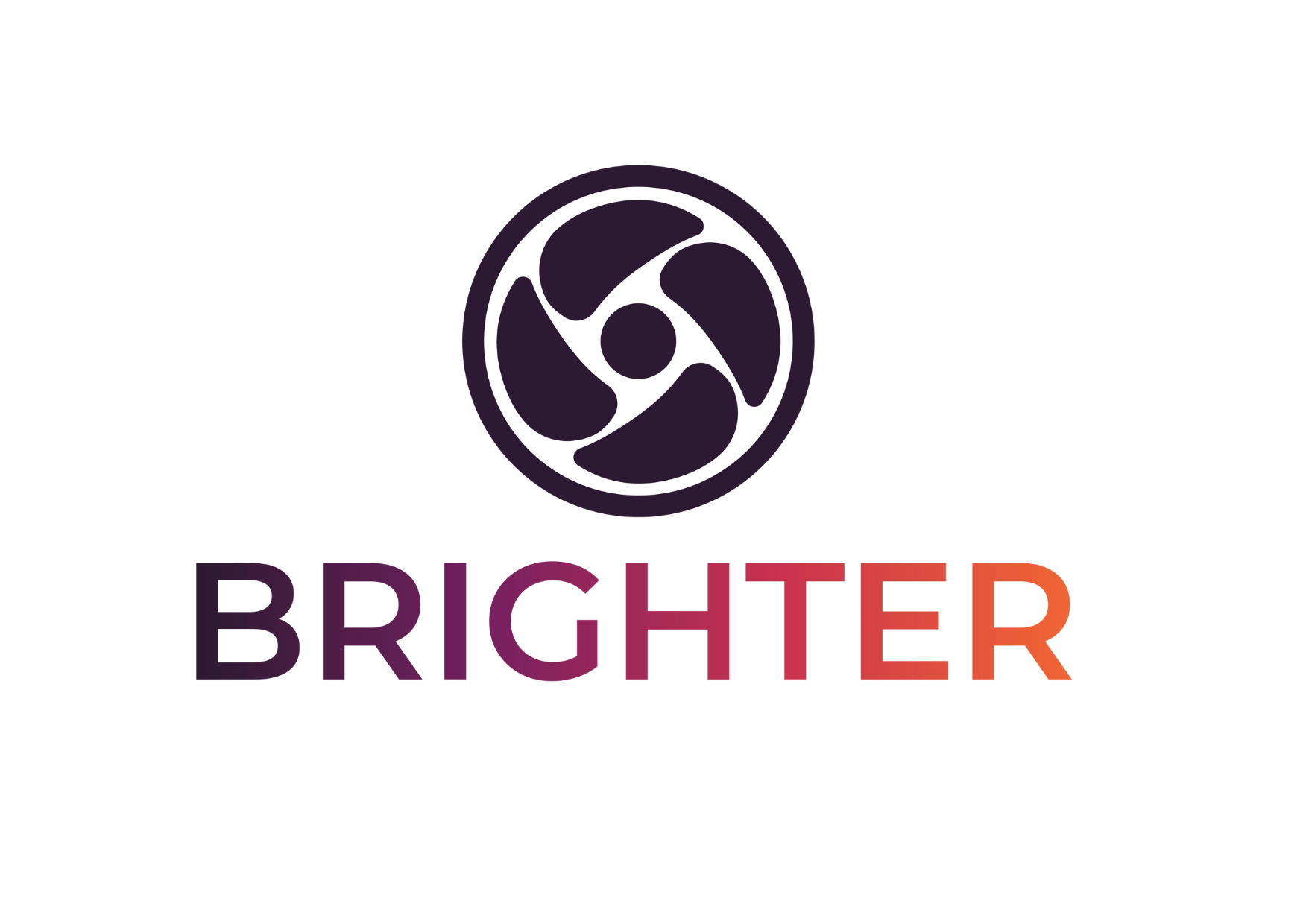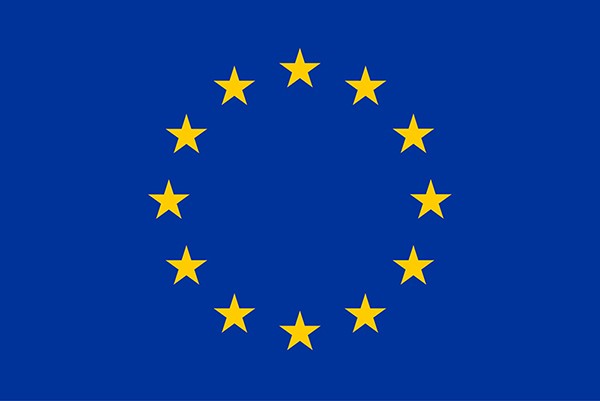BRIGHTER
Develop new classes of micro-ballometer solutions
Objective
Micro-bolometer sensors are compact, light, low power, reliable and affordable infrared imaging components. They are ahead of the cooled infrared sensors for these criteria but lag behind them in terms of performance:
- Existing micro-bolometer technologies have thermal time constants around 10 msec. This is more than 10 times that of cooled detectors.
- Moreover, there is no multispectral micro-bolometer sensor available today for applications such as absolute thermography and optical gas imaging.
BRIGHTER will develop 2 new classes of micro-bolometer solutions to reduce the performance gap with their cooled counterparts:
- Fast thermal micro-bolometer imaging solutions with time constant in the 2.5 to 5 msec range, that is to say 2 to 4 times faster than that of today’s micro-bolometer technologies. Read out integrated circuits able to operate up to 500 frames per seconds will also be investigated.
- Multi-spectral micro-bolometer solutions with at least access at the pixel level to 2 different wavelengths in the range 7 to 12 μm.
Impact
The developments will focus on pixel technology, Read Out Integrated Circuit, low power edge image signal processing electronic, optics, and image treatment algorithms. All stakeholders of the value chain are involved: academics, RTO, microbolometer manufacturer, algorithm developers, camera integrators and end users. They will collaborate to define the best trade-offs for all use-cases.
The 2 new classes of products that will spring from BRIGHTER will generate concrete benefits. They will make it possible to save on material and energy in the manufacturing sector, perform efficient and affordable monitoring of infrastructures and trains, contribute to autonomous vehicles sensor suite, decrease the road casualties among Vulnerable Road Users, better control gas emission in cities and industrial areas.
These new usages served by the European industry will allow Europe to increase its market share in the infrared imaging industry.


